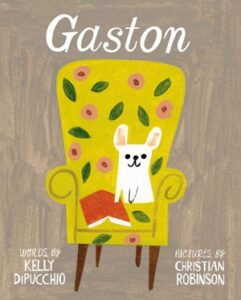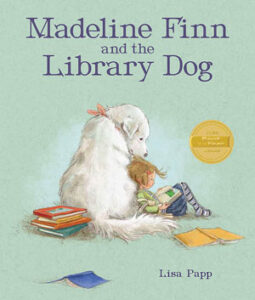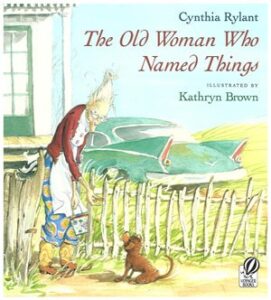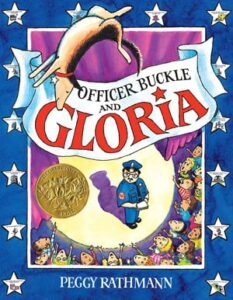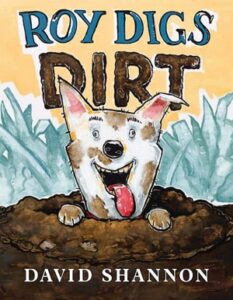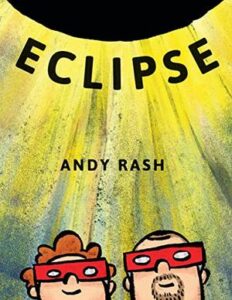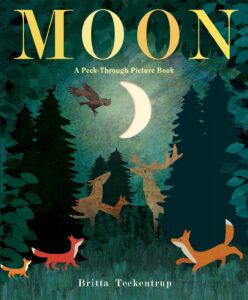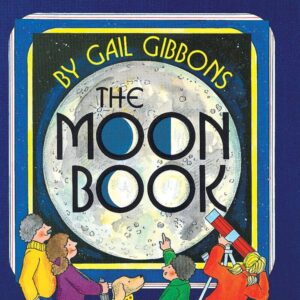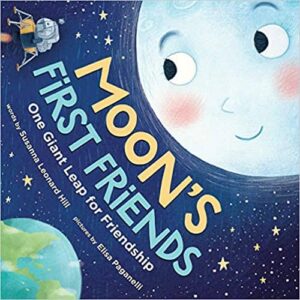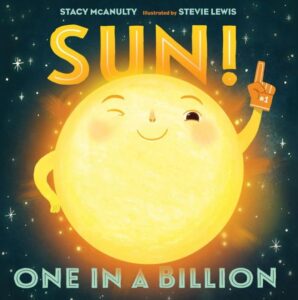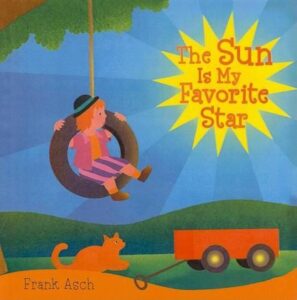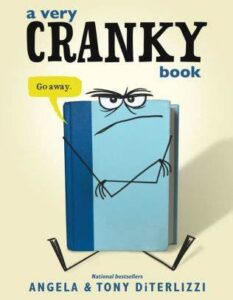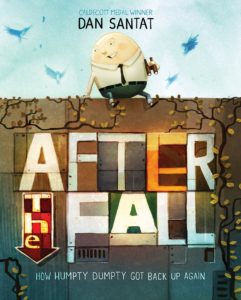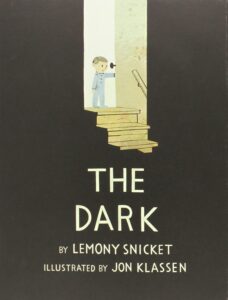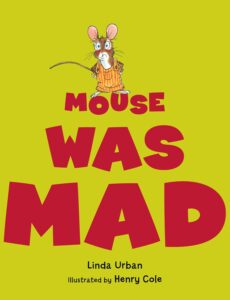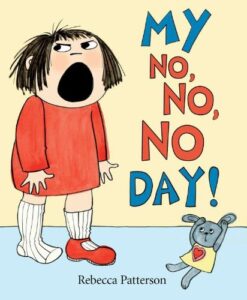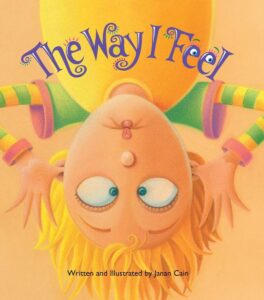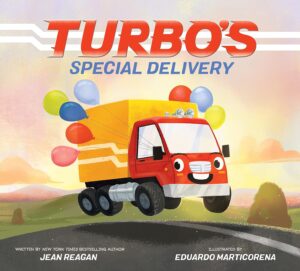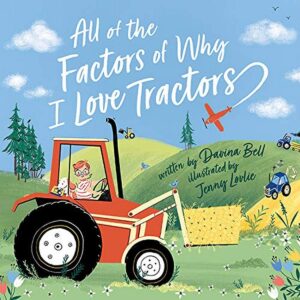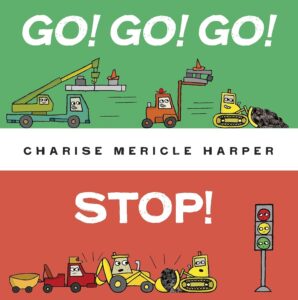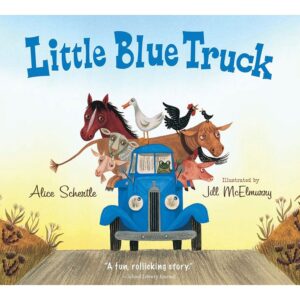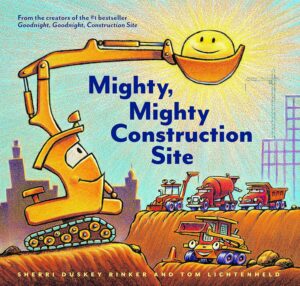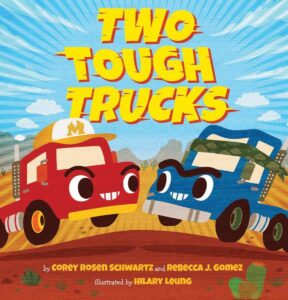Hey, Bruce!: An Interactive Book
Author: Ryan T. Higgins
Illustrator: Ryan T. Higgins
20 September 2022
Disney Hyperion
48 pages
Book description from Goodreads: “In Hey, Bruce!, Bruce the bear experiences … well, whatever readers want him to.
Rupert, Thistle, and Nibbs, the fun-loving mice in Bruce’s begrudgingly expansive family, guide readers on a quest for a fun reading experience, with Bruce the ever-reluctant star. As readers turn the page, flip the book, and follow the mice’s increasingly silly instructions, Bruce is sent flying and tumbling—all as he looks right up the reader’s nose! How will you interact with Bruce?
Bruce’s life is what YOU, the reader, make it in this special interactive addition to the award-winning Mother Bruce series.”
Need some reviews for Hey, Bruce!?
Educational Activities inspired by Hey, Bruce!:
- Before Reading–From looking at the front cover:
- Take a good look at the cover. What clues can you find about what might happen in the story? What does Bruce’s expression tell you?
- Knowing it’s an interactive book, what sorts of silly things do you think the mice might ask you to do?
- What questions would you like to ask the author–or the Bruce himself!–before reading the book?
- Have you read any of the other Mother Bruce books by Ryan T. Higgins? If so, what’s one thing you remember about them?
- After Reading–Now that you’ve read the story:
- One mouse says he can see up the reader’s nose. How did you react to that?
- What was the funniest or most surprising thing that the mice asked you to do?
- What did you want to do beyond what the mice asked you to do?
- Did you feel sorry for Bruce at any point?
- What was your favorite part of the book and why?
- Which illustration surprised you the most? Which did you like best?
- Would you recommend this book to a friend? What part would you tell them about first?
- Bruce Says! Play a round of “Bruce Says” – have one person be “Bruce” and give silly commands from the book (“Pat Bruce’s head!” or maybe “Tickle Bruce’s toes!”).
- The Giggles Report: Draw a picture of the funniest part of the book. Write a silly caption to go with it!
- Build a Bruce Fort: Build your own cozy naptime fort with blankets and pillows – just like Bruce would love!
- Rhyme Masters: Pick a word from the book (shake, wiggle, nose) and write as many rhymes for it as you can!
- Your Interactive Story: What silly things would YOU put in an interactive book? Write or draw your ideas!
- Further Reading: Hey Bruce! An Interactive Book isn’t your typical picture book. It breaks the fourth wall, meaning the characters in the story know they’re in a book and directly talk to the reader!
Here are some other picture books that use this playful technique. Which of these have you read before? Which would you want to read first?


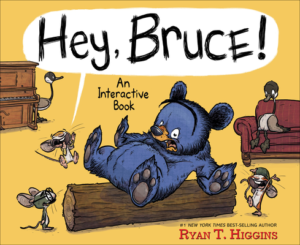
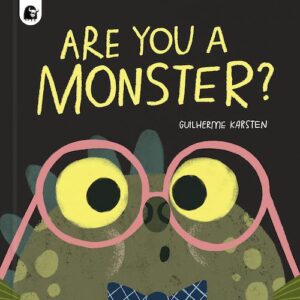
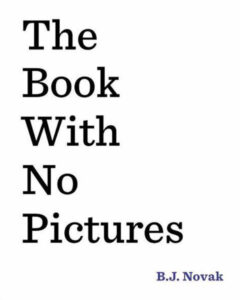
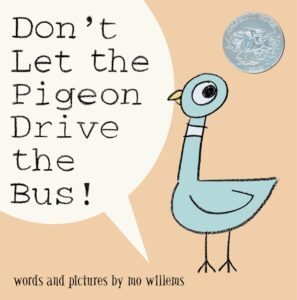
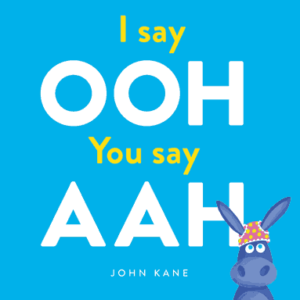
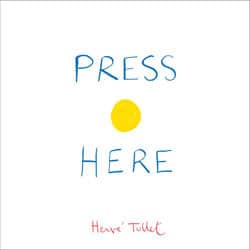
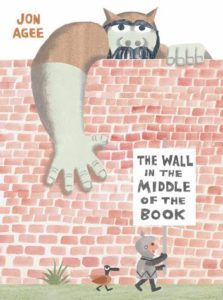
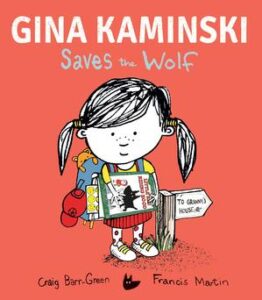
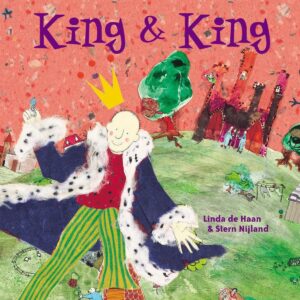
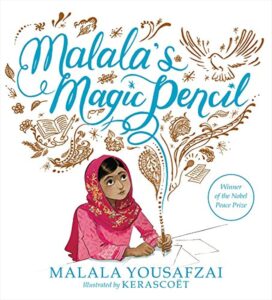
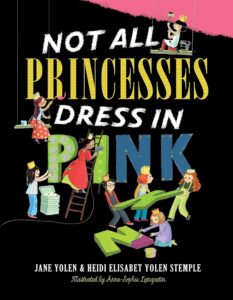
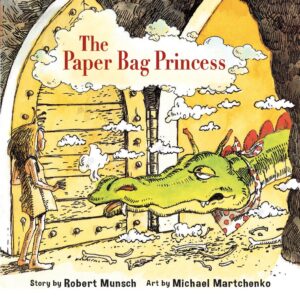
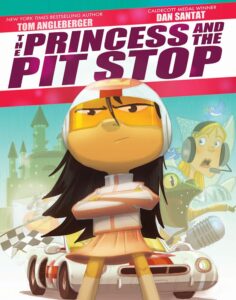
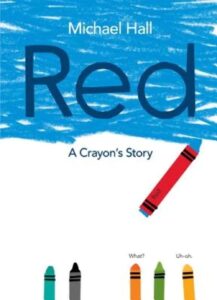
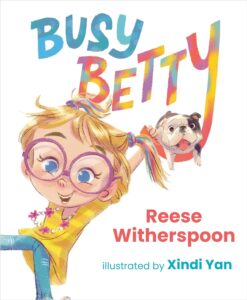 Busy Betty
Busy Betty
